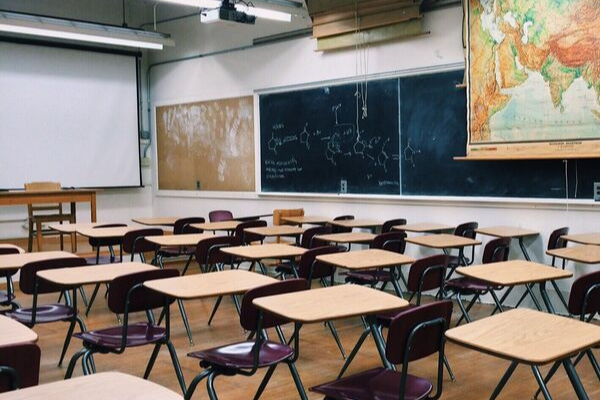OKLAHOMA CITY – Funding for rural public school facilities in Oklahoma is hampered by a supermajority vote requirement and inequity that is built into the system, state lawmakers were told this week.
Speaking at a legislative hearing on funding for traditional public schools and publicly-funded charter schools, Jim Matthews, superintendent for the New Lima School District, told members of the House of Representatives Common Education Committee the state law that requires a supermajority vote to approve school bond issues continues to be a problem for smaller school districts.
“One of the big problems for us, let’s say we did try to pass a bond, is the famous supermajority rule; 60 percent of the voters have to vote to pass the bond,” Matthews said. Matthews said he has spoken with several legislators over the past two years, asking them “why in the world do we have to keep a 60 percent supermajority?”
“And all they ever tell me is that it’s untouchable,” he said. “I’ve heard that a bunch of times. It’s a really big problem for us. Don’t see what the problem is if the majority of your people want to vote a bond for your school.” Matthews described the funding formula for rural school infrastructure as “the rich get richer and the poor get poorer.”
“The major way to achieve facility funding, of course, is to have a high evaluation, high tax base in your district. If you have that great,” he said. “If you don’t you’re in trouble and the other one is to be able to pass a bond for construction of facilities.”
Matthews said his district – which includes the small town of Lima, population 53 – has no economic base. “Our school has no business. We have no stores. We have no post office. We’re just a school sitting out there. We just sit out in the middle of nowhere,” he said.
Matthews said his district has about 275 students, with 75 of those in high school. He said the New Lima district continues to put money into its dilapidated buildings because his district, like other small districts, is “in a desperate fight to keep from being consolidated.” “That’s right,” he said, “the dreaded C-word scares a lot of us when we get in that situation. They put one more nail in the coffin for rural Oklahoma when you do that.”
Shawn Hime, the executive director of the Oklahoma State School Boards Association, acknowledged that state funding for Oklahoma’s public school facilities isn’t always equal and often depends on the student’s zip code. Hime said some school districts have per-pupil valuations of between $5,000 and $6,000 per student while other districts have per-pupil valuations that are “hundreds of thousands of dollars per student.”
“Your zip code determines facility conditions,” he said. Part of the problem was caused by a lack of ‘firewalls’ between funding sources. “It’s really not that clear,” he said. “There are dollars that you can use from building funds and bond funds that some schools are using. Some are having to use general funds because they don’t have those capital dollars.”
As an example, Hime pointed to the Enid district where, he said, district officials used bond funds to purchase textbooks. Russ Simnic, a senior director for state advocacy for the National Alliance for Public Charter Schools, said several studies show that charter school students receive about $2,300 less per public than students who attend a traditional brick and mortar school.
Simnic pointed to a 2010 study from Ball State University that reported a 19.2 percent gap in funding for charter schools and traditional schools. “That adds up when you have a school of 100, 200 or 300 students,” he said. State lawmakers will continue their study of charter school funding during another interim hearing scheduled Sept. 18.


